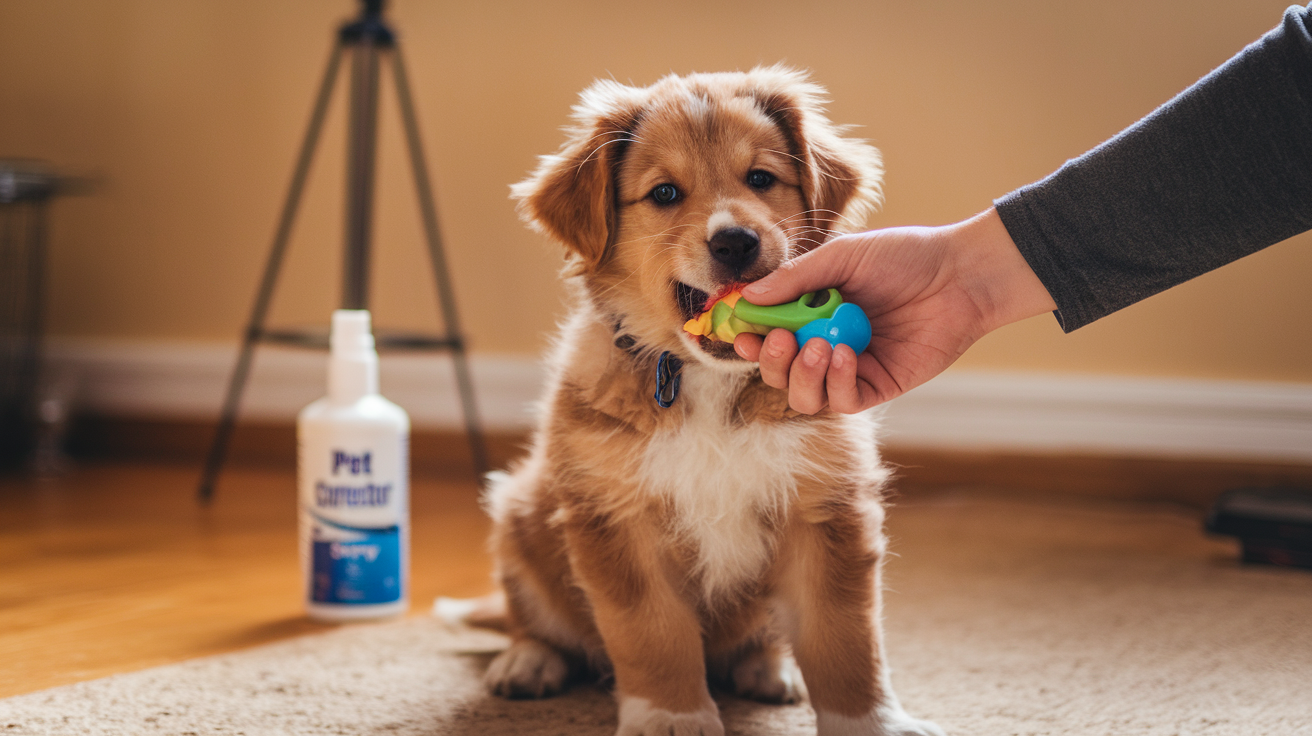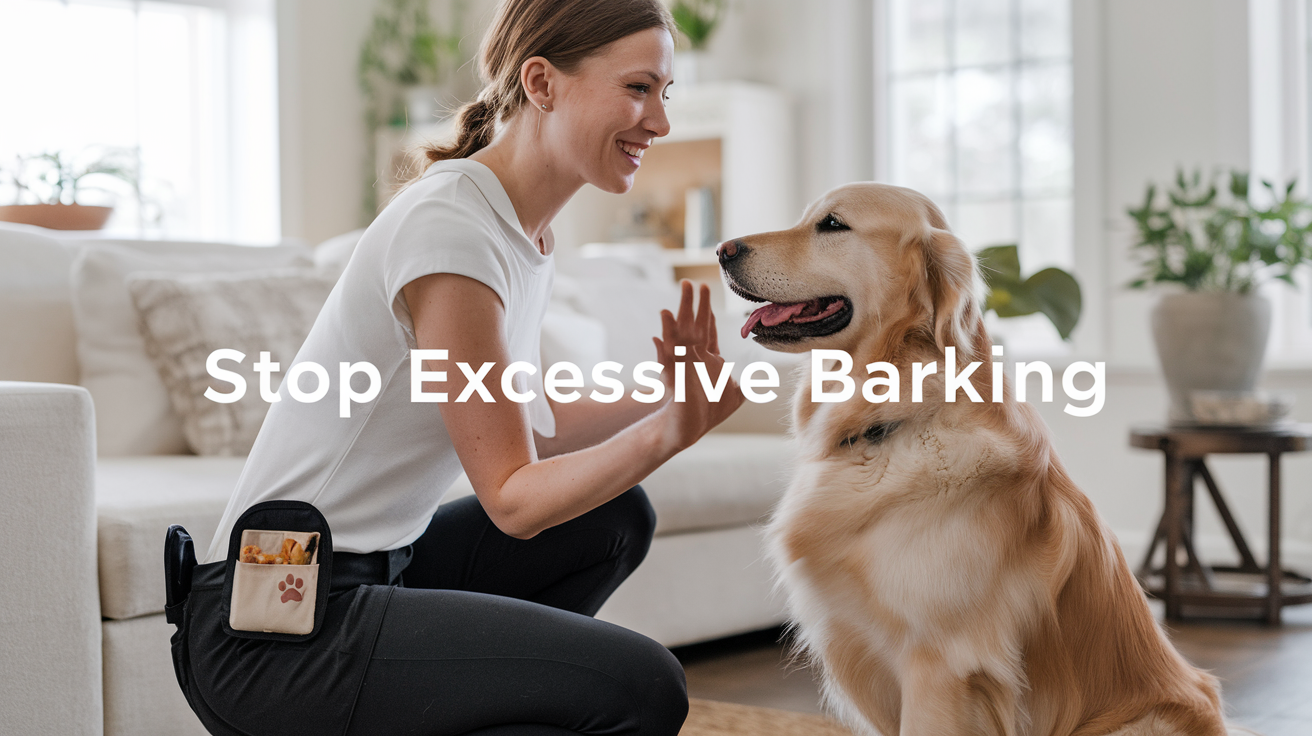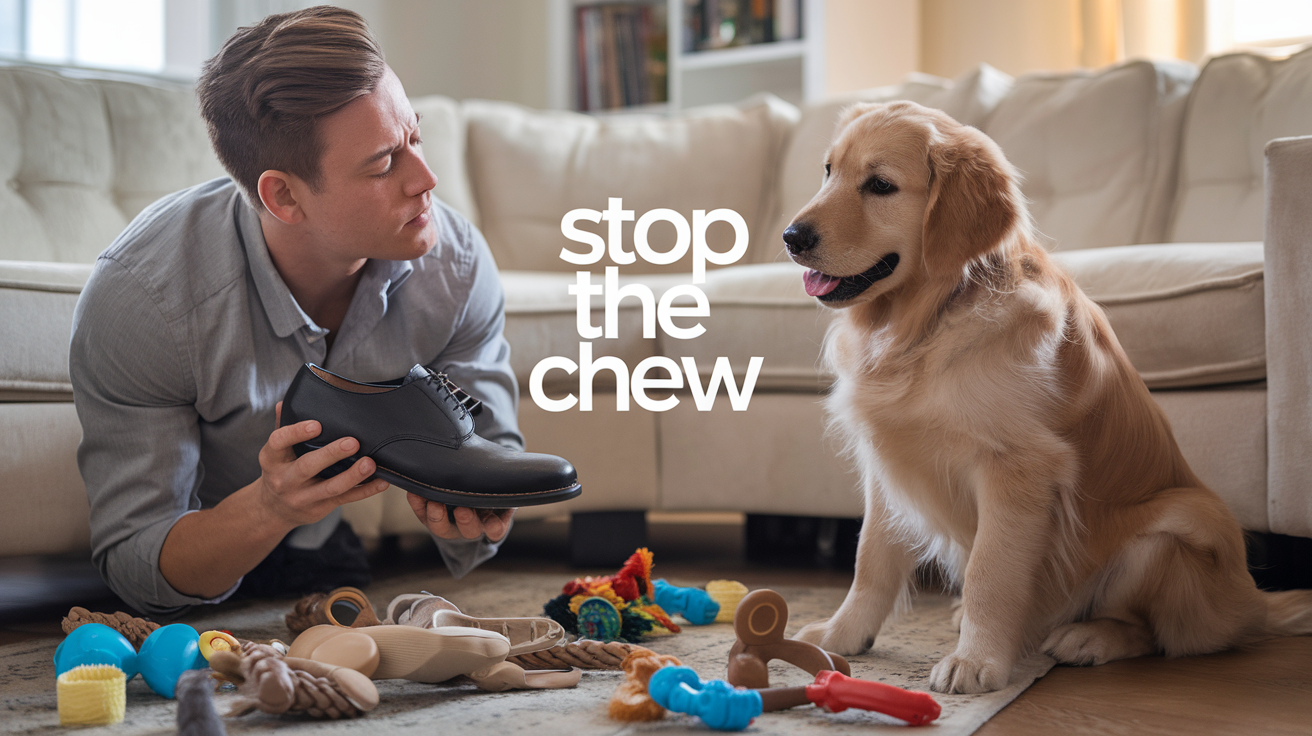
Is your adorable puppy turning into a furry little shark? 🦈 Those needle-sharp teeth might be cute, but puppy biting can quickly become a painful problem for you and your family. Don’t worry, though – you’re not alone in this battle against the bite!
Many new puppy owners struggle with this common issue, often feeling frustrated and overwhelmed. But here’s the good news: with the right techniques, you can transform your bitey pup into a well-mannered companion. In this blog post, we’ll dive into 5 trainer-approved techniques that will help you stop puppy biting in its tracks. From positive reinforcement to redirection strategies, we’ve got you covered with methods that are both effective and humane. So, let’s sink our teeth into these game-changing solutions and help your puppy learn better ways to interact!
Positive Dog Training Using the Pet Corrector
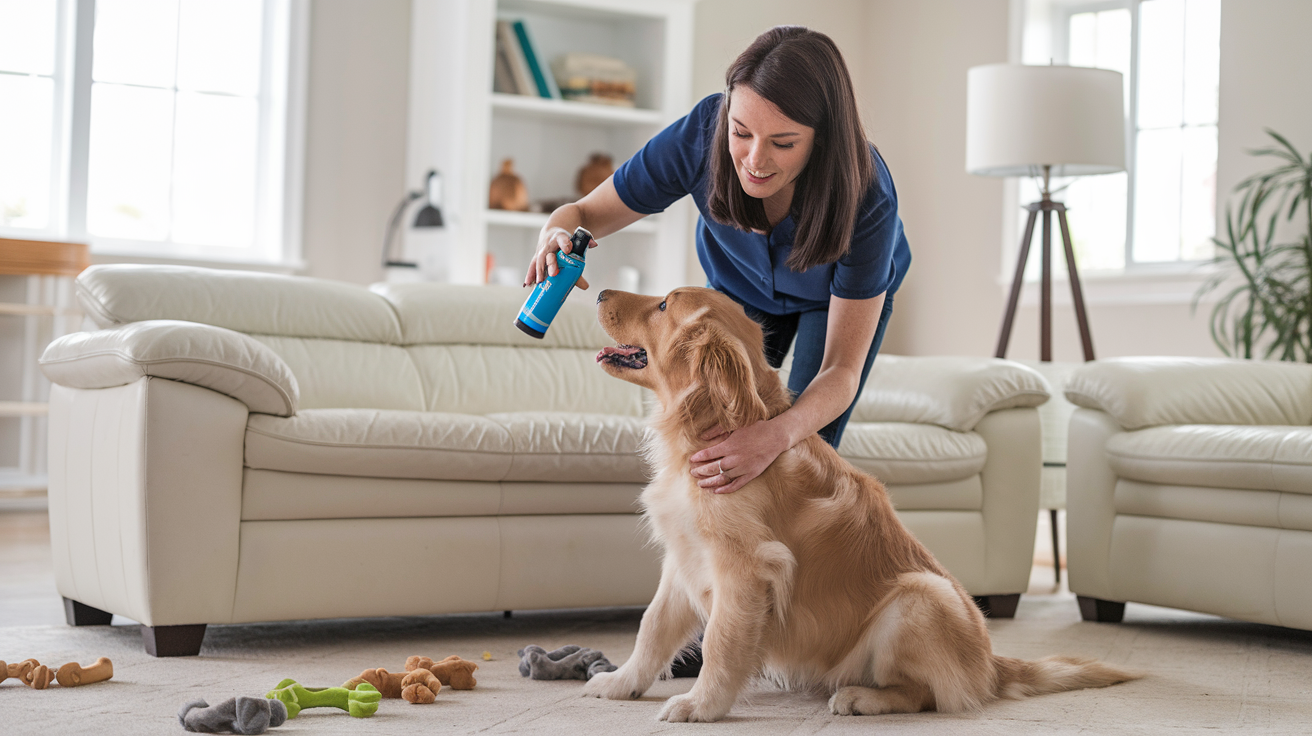
Understanding Positive Dog Training
Positive dog training is a humane and effective approach to teaching your puppy desirable behaviors. This method focuses on rewarding good behavior rather than punishing unwanted actions. When combined with tools like the Pet Corrector, it can be particularly effective in addressing puppy biting.
Benefits of Positive Reinforcement
- Builds trust between you and your puppy
- Encourages desired behaviors
- Reduces stress and anxiety in your pet
- Creates a stronger bond
Incorporating the Pet Corrector
The Pet Corrector is a training aid that emits a hissing sound to interrupt unwanted behavior. When used correctly within a positive training framework, it can be an effective tool to stop puppy biting.
| Proper Use | Improper Use |
|---|---|
| Interrupt biting behavior | Frighten or punish the puppy |
| Redirect to appropriate chew toys | Use excessively or unnecessarily |
| Pair with positive reinforcement | Rely on it as the sole training method |
Implementing Positive Training with the Pet Corrector
- Identify the biting behavior
- Use the Pet Corrector to interrupt
- Immediately redirect to an appropriate chew toy
- Praise and reward when the puppy engages with the toy
By consistently applying these techniques, you can effectively stop puppy biting while maintaining a positive relationship with your furry friend. Remember, patience and consistency are key in any training endeavor.
Five Methods That Do Not Work
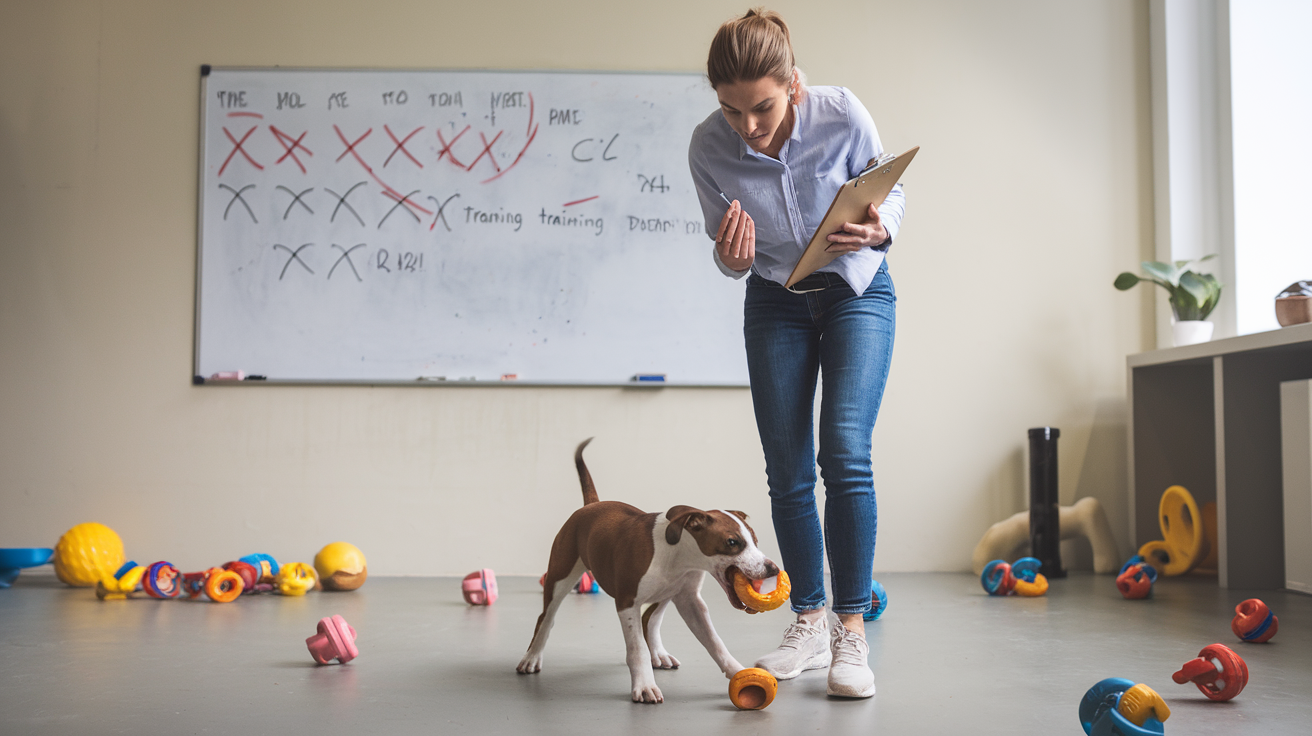
Five Methods That Do Not Work
When it comes to stopping puppy biting, many well-intentioned owners try various methods that are ineffective or even counterproductive. Let’s explore five common approaches that don’t work and why they fall short:
A. Get up, walk away and ignore the puppy
This method often fails because:
- It doesn’t provide clear feedback to the puppy
- The puppy may perceive it as a fun game of chase
- It doesn’t teach an alternative behavior
B. Scream “ouch” or yelp, pull hands away, then ignore
While this mimics puppy play, it’s often ineffective because:
- Human yelps don’t sound like puppy yelps
- It may unintentionally excite the puppy further
- It doesn’t provide a clear alternative behavior
C. Redirect the puppy’s biting to another object
This approach can be problematic because:
- It may reinforce the biting behavior
- The puppy learns that biting leads to a reward (a toy)
- It doesn’t teach bite inhibition
D. Putting the puppy into their kennel as “time out”
This method is counterproductive because:
- It can create negative associations with the kennel
- It doesn’t teach the puppy what to do instead
- It may increase frustration and lead to more biting
E. Spraying bitter spray on your hands
While this can deter some puppies, it’s not ideal because:
- Some puppies may not be deterred by the taste
- It doesn’t teach alternative behaviors
- It can create negative associations with human hands
| Method | Why It Doesn’t Work |
|---|---|
| Walk away and ignore | Lacks clear feedback, may become a game |
| Yelp and ignore | Doesn’t sound natural, may excite puppy |
| Redirect to object | Reinforces biting, doesn’t teach inhibition |
| Kennel time out | Creates negative associations, increases frustration |
| Bitter spray | Inconsistent results, doesn’t teach alternatives |
Now that we’ve covered these ineffective methods, let’s explore a more positive and effective approach using the Pet Corrector.
Using the Pet Corrector in Positive Punishment
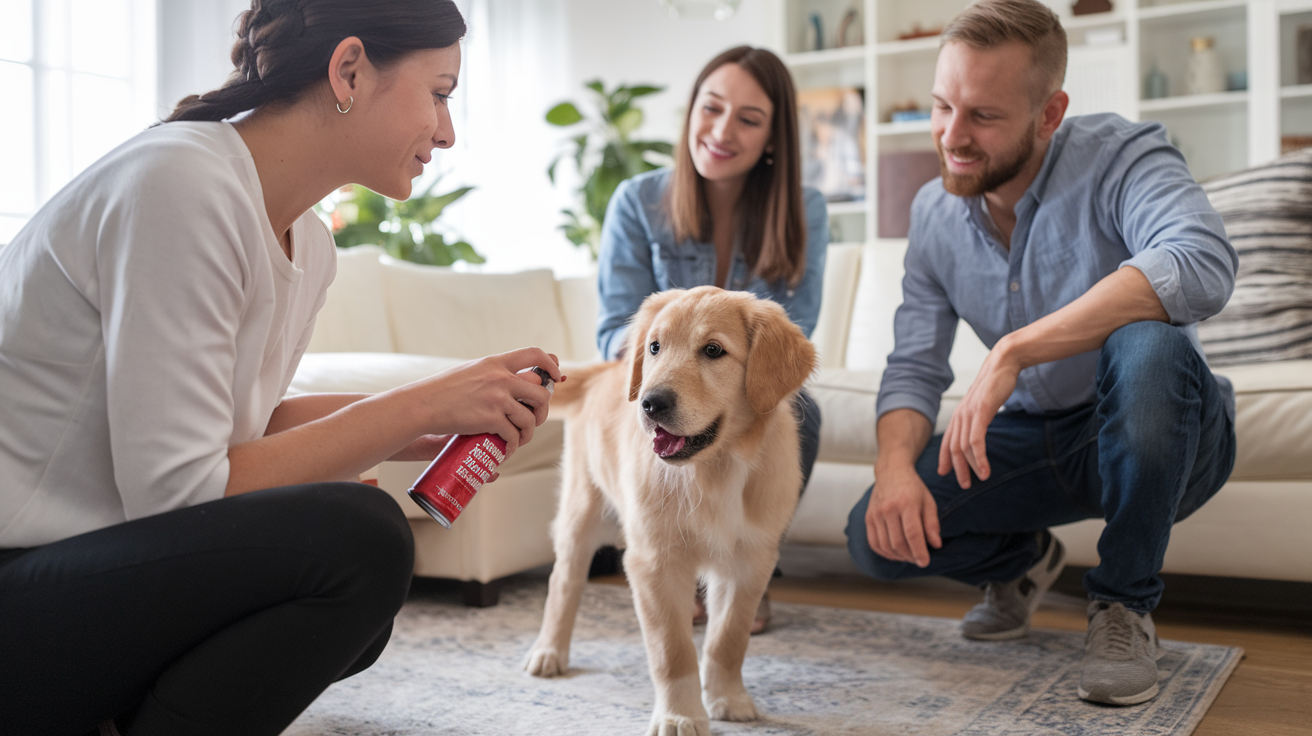
How to Use the Pet Corrector
The Pet Corrector is a valuable tool in positive punishment for addressing puppy biting. Here’s how to use it effectively:
- Timing is crucial: Use the Pet Corrector immediately when the puppy starts to bite.
- Short bursts: Apply quick, brief sprays rather than long, continuous ones.
- Consistency: Use the Pet Corrector every time the puppy bites to reinforce the message.
- Pair with verbal cues: Combine the spray with a firm “No” or “Ah-ah” command.
Proper Technique and Safety
When using the Pet Corrector, follow these guidelines:
- Keep a safe distance: Spray from at least 3 feet away to avoid startling the puppy too much.
- Aim correctly: Direct the spray near the puppy, not directly at them.
- Monitor reactions: Observe your puppy’s response and adjust accordingly.
| Do’s | Don’ts |
|---|---|
| Use sparingly | Overuse the tool |
| Combine with positive reinforcement | Rely solely on the Pet Corrector |
| Stay calm and consistent | Show frustration or anger |
| Use as part of a comprehensive training plan | Expect immediate results |
Remember, the Pet Corrector is just one tool in your puppy training arsenal. It’s essential to combine this method with positive reinforcement techniques for the best results. By consistently using the Pet Corrector in conjunction with other training methods, you can effectively teach your puppy to stop biting and develop good behavior habits.
Don’t Leave Your Puppy After You’ve Corrected Them
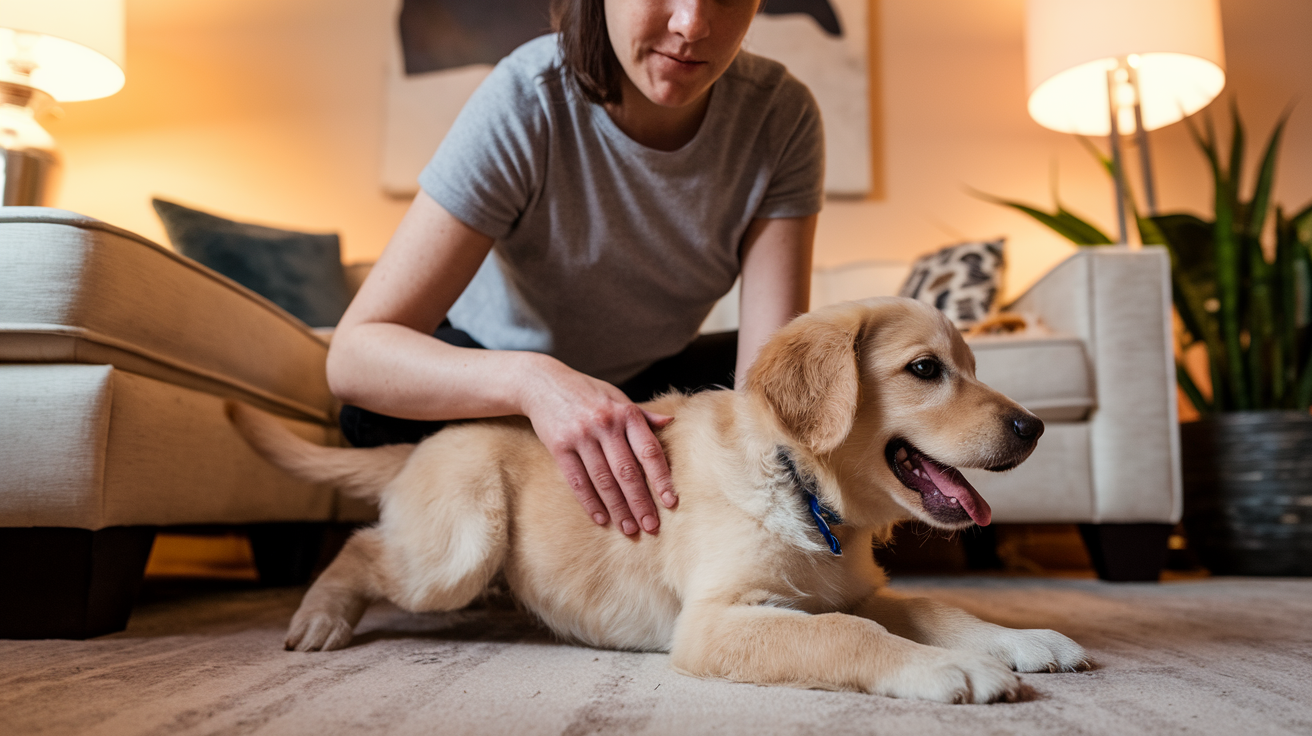
Now that we’ve discussed using the Pet Corrector for positive punishment, it’s crucial to understand what to do after correcting your puppy’s biting behavior. One common mistake many pet owners make is leaving their puppy immediately after correction. This approach can be counterproductive and may even reinforce negative behaviors.
Why Staying with Your Puppy is Important
Remaining with your puppy after correction serves several important purposes:
- Reinforces the lesson
- Provides comfort and reassurance
- Allows for redirection to positive behavior
- Strengthens the bond between you and your puppy
Steps to Take After Correction
- Stay calm and composed
- Observe your puppy’s reaction
- Offer gentle reassurance
- Guide them towards appropriate behavior
Comparison of Approaches
| Leaving After Correction | Staying After Correction |
|---|---|
| May cause confusion | Reinforces the lesson |
| Can increase anxiety | Provides reassurance |
| Misses opportunity for redirection | Allows for positive redirection |
| May weaken bond | Strengthens bond |
By staying with your puppy after correction, you create a positive learning environment that helps reinforce good behavior and strengthens your relationship. This approach aligns with positive dog training principles and sets the stage for successful puppy bite inhibition training.
Instead, Point Them Toward Something They Are Allowed to Bite
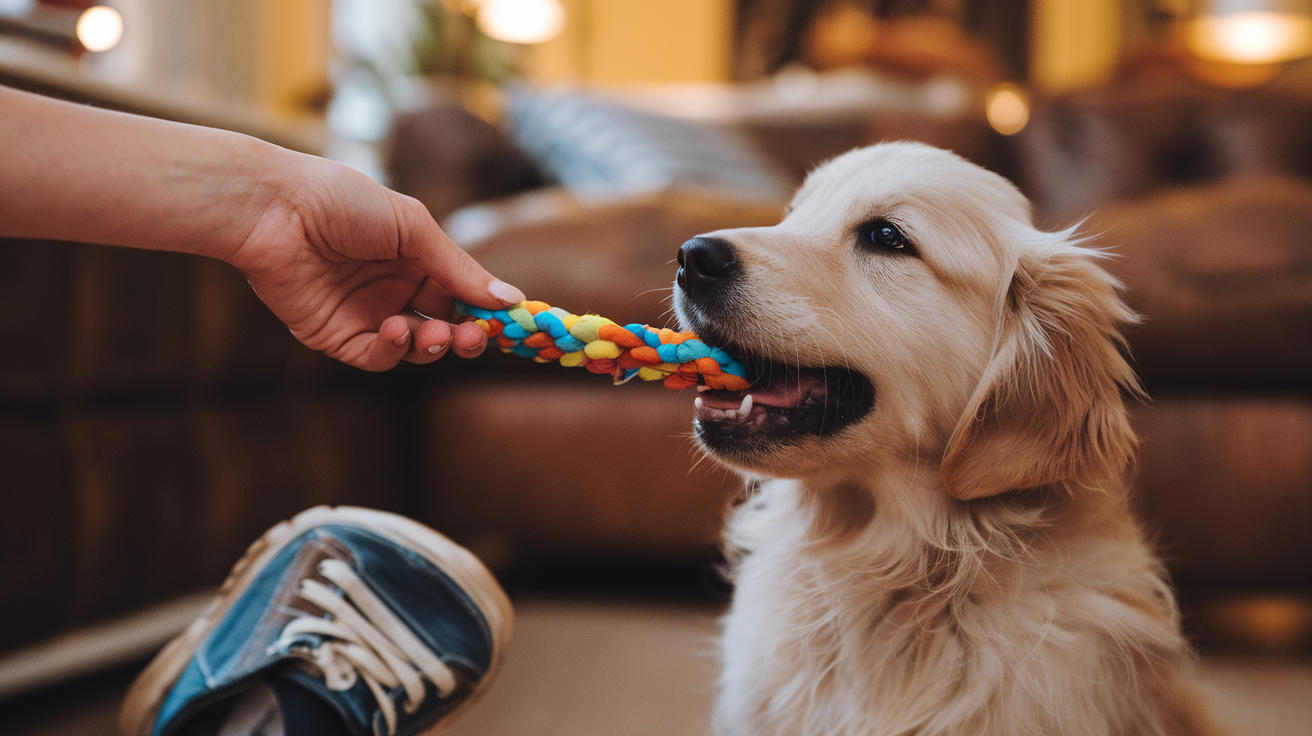
Redirect Puppy Chewing
When correcting your puppy’s biting behavior, it’s crucial to provide an alternative outlet for their natural chewing instincts. Here are some effective ways to redirect your puppy’s biting:
- Offer appropriate chew toys
- Use interactive puzzle toys
- Introduce frozen treats
- Provide safe teething objects
- Rotate toys to maintain interest
Choosing the Right Chew Toys
Selecting the right chew toys is essential for successful redirection. Consider the following factors:
| Factor | Importance | Examples |
|---|---|---|
| Size | Prevents choking | Appropriately sized for your puppy’s breed |
| Durability | Withstands chewing | Rubber toys, nylon bones |
| Texture | Satisfies teething needs | Textured rubber, rope toys |
| Safety | Non-toxic materials | Avoid small parts, harmful chemicals |
Implementing Redirection Techniques
When your puppy starts to bite, immediately offer an appropriate chew toy. Use an excited tone to make the toy more appealing. Praise your puppy when they choose the toy over biting you or your belongings. This positive reinforcement helps establish good habits and encourages bite inhibition.
Remember, consistency is key in puppy training. Always have suitable chew toys on hand to redirect your puppy’s biting behavior effectively. By providing alternatives and using positive reinforcement, you’ll help your puppy develop proper chewing habits and strengthen your bond.
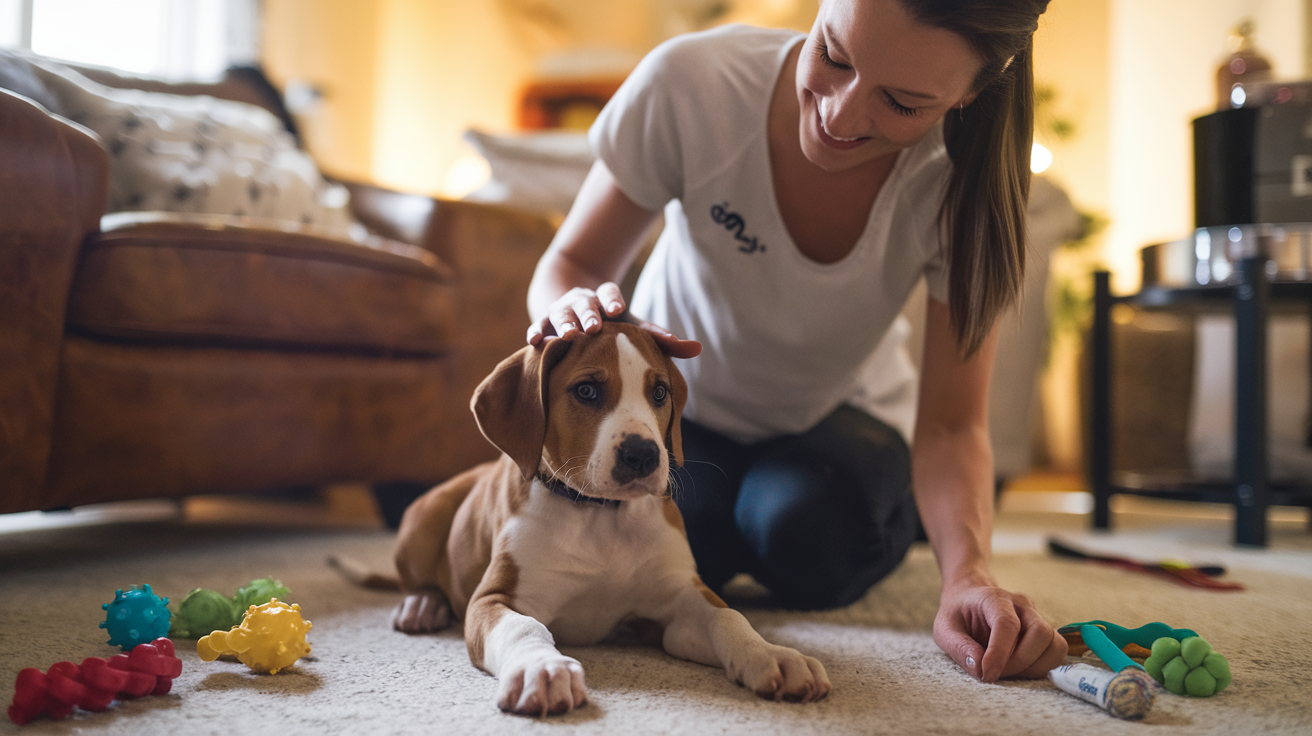
Dealing with puppy biting can be challenging, but with the right techniques, you can effectively train your furry friend. The Pet Corrector, when used correctly as part of positive punishment, can be a valuable tool in your training arsenal. Remember to avoid ineffective methods and focus on redirecting your puppy’s attention to appropriate chew toys after correction.
Consistency and patience are key when teaching your puppy not to bite. By combining positive reinforcement with gentle correction and providing suitable alternatives for chewing, you’ll help your puppy develop good habits. With time and dedication, you’ll nurture a well-behaved companion who understands boundaries and enjoys positive interactions with humans and other pets alike.

Originally posted 2025-02-22 16:28:20.
0